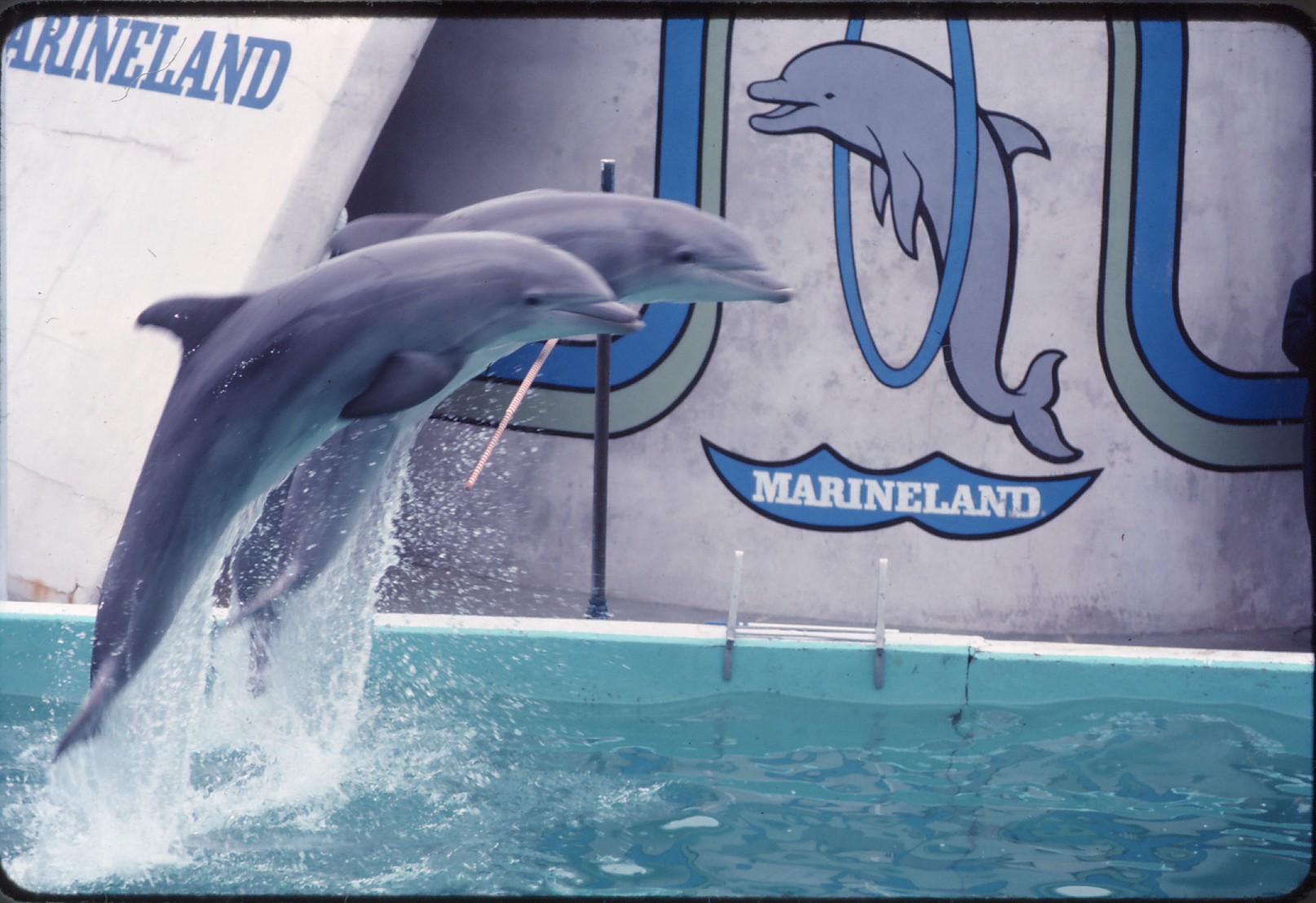"If we can teach Killer Whales to pee in a cup, you can teach your dog without punishment." ~Ted Turner, Head trainer at Sea World
It all started back in the 60's when a woman named Karen Pryor was asked to see if she knew how to train a dolphin. Her husband worked at the newly built research facility in Hawaii where they were trying to study the behaviors of wild marine mammals. They had a problem however in getting the animals they were trying to study to work with them. They had also wanted to train the animals to put on shows for people to pay money to watch to fund their research. The problem was the animals were not wanting to cooperate. How did you go about training an animal that you couldn't punish? The dolphins would starve themselves rather than give into any punishment form of training, and that rather defeated the purpose. So that left them in a rather unique circumstance, you can't force a dolphin to do what you want, but how do you ask it to do something when you don't speak the same language?
operant conditioning
n. Psychology
A process of behavior modification in which the likelihood of a specific behavior is increased or decreased through positive or negative reinforcement each time the behavior is exhibited, so that the subject comes to associate the pleasure or displeasure of the reinforcement with the behavior. thefreedicitionary.com
Karen started using a marker to indicate there was a reward coming after they did something she wanted. At first it was swimming from one end of the tank to the next, then they placed a rope across the pool so they had to swim over the rope to get to the other end where their reward was. Gradually the rope was raised, and instead of blowing the whistle (which was her marker) after they had jumped over the rope, she stared blowing as they were over the rope. That gave the dolphins the information they needed to continue receiving their yummy reward. The dolphins understood that only when the whistle was blown would they receive their treat, so by blowing it when they were up in the air, it changed the criteria for what they they had to do to get their fish. Thus "clicker training" was born. Karen used this new concept to then train horses, a crab, and even a fish. Now it is widely used to train everything and everyone, from golfers and gymnasts( they call it TAG training), to service animal and zoo animals.
So if you think that your dog is too stubborn, or not smart enough tell that to the tiger and the goldfish, both of whom have been trained using this method.
Clicker training establishes trust and a good work ethic between two beings who may or may not have very much in common. You can teach your dog that it is in his best interest to not run out the open door the same way the zookeepers teach a several ton elephant that it needs to hold it's ear out for a blood draw. That elephant did not start out thinking that that poke on it's sensitive ear is the most fun it has ever had, just as your dog doesn't think that sitting for you and not chasing that squirrel across the street is the most fun at first either. However just as we teach our dogs that catching a Frisbee or a ball, then bringing it back to us and dropping it at our feet is fun, so too can we teach them that coming when called or letting other people pet them is fun as well. Don't forget that enthusiasm is catchy, and one of the best spread things around!



No comments:
Post a Comment